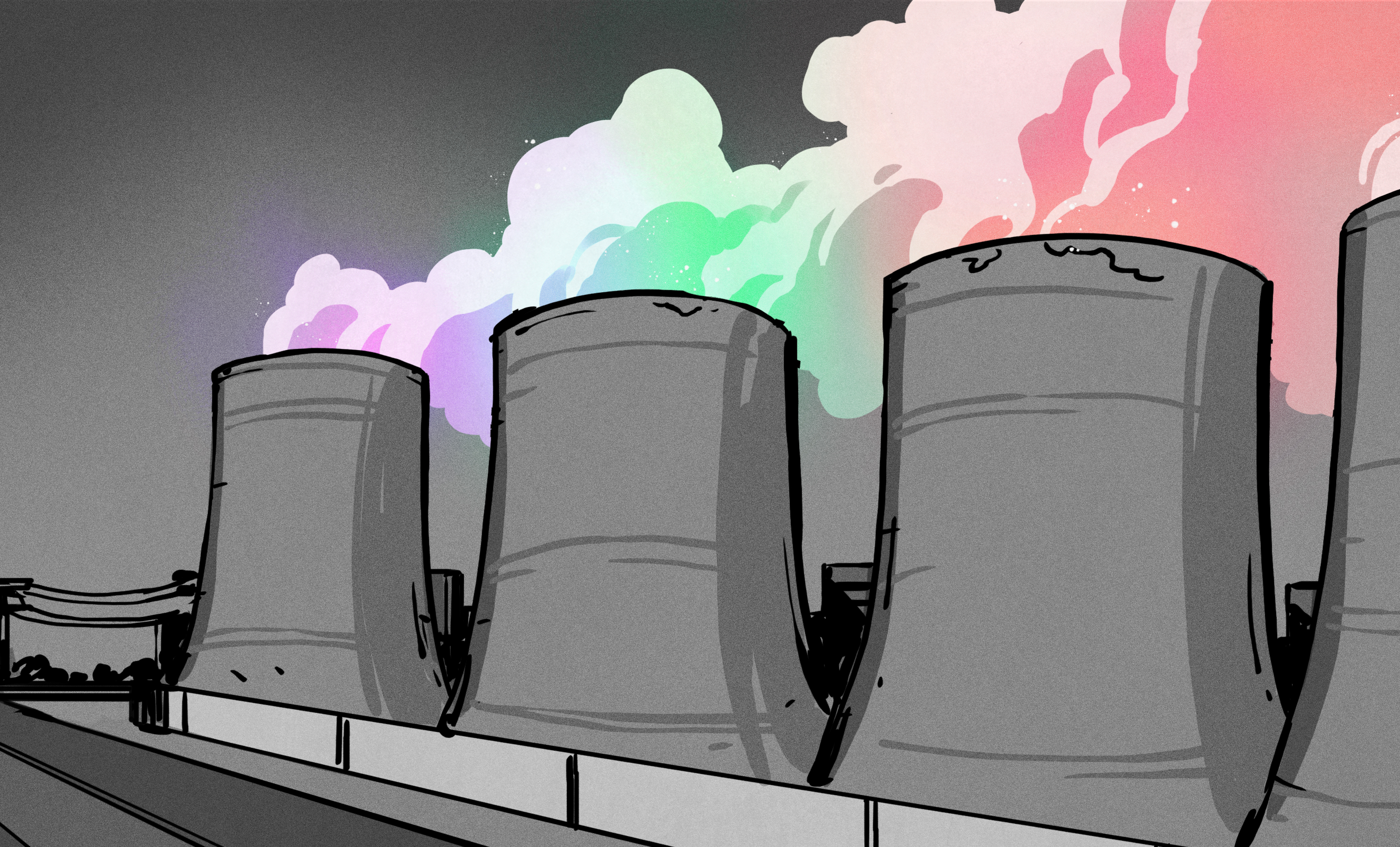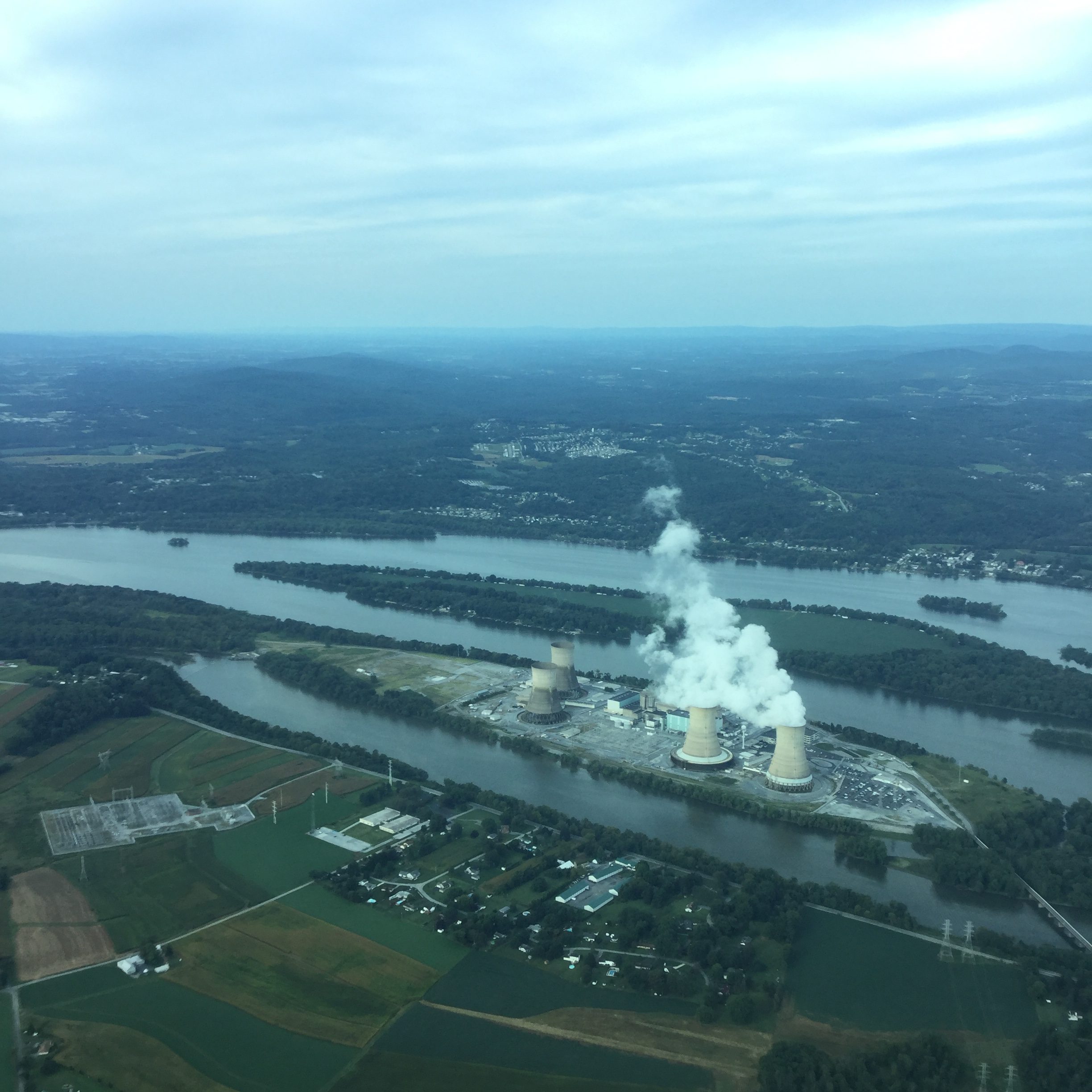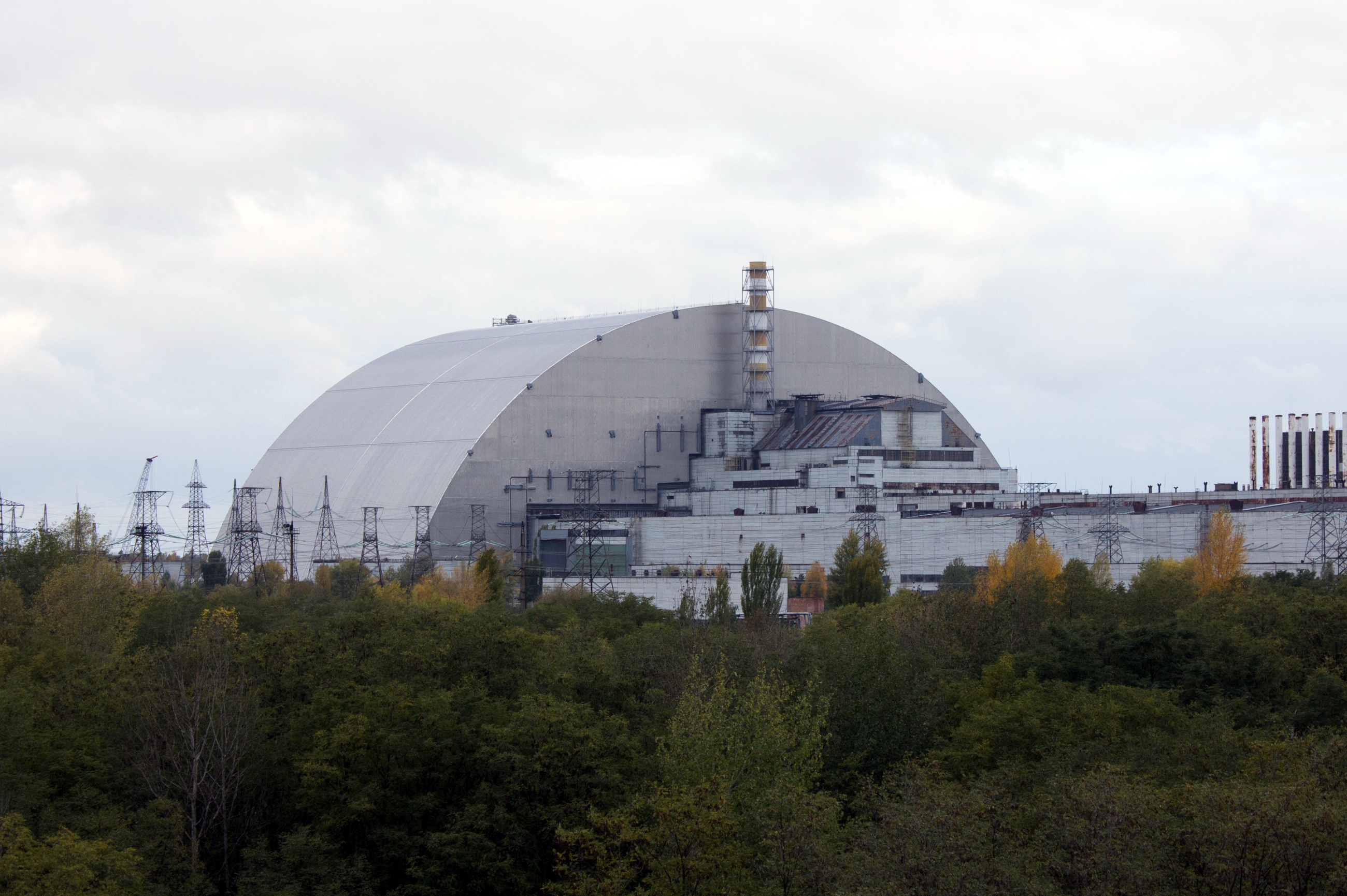Reviewing Nuclear Accidents: Separating Fact From Fiction [Hackaday]

Few types of accidents speak as much to the imagination as those involving nuclear fission. From the unimaginable horrors of the nuclear bombs on Nagasaki and Hiroshima, to the fever-pitch reporting about the accidents at Three Mile Island, Chernobyl and Fukushima, all of these have resulted in many descriptions and visualizations which are merely imaginative flights of fancy, with no connection to physical reality. Due to radiation being invisible with the naked eye and the interpretation of radiation measurements in popular media generally restricted to the harrowing noise from a Geiger counter, the reality of nuclear power accidents in said media has become diluted and often replaced with half-truths and outright lies that feed strongly into fear, uncertainty, and doubt.
Why is it that people are drawn more to nuclear accidents than a disaster like that at Bhopal? What is it that makes the one nuclear bomb on Hiroshima so much more interesting than the firebombing of Tokyo or the flattening of Dresden? Why do we fear nuclear power more than dam failures and the heavy toll of air pollution? If we honestly look at nuclear accidents, it’s clear that invariably the panic afterwards did more damage than the event itself. One might postulate that this is partially due to the sensationalist vibe created around these events, and largely due to a poorly informed public when it comes to topics like nuclear fission and radiation. A situation which is worsened by harmful government policies pertaining to things like disaster response, often inspired by scientifically discredited theories like the Linear No-Threshold (LNT) model which killed so many in the USSR and Japan.
In light of a likely restart of Unit 1 of the Three Mile Island nuclear plant in the near future, it might behoove us to wonder what we might learn from the world’s worst commercial nuclear power disasters. All from the difficult perspective of a world where ideology and hidden agendas do not play a role, as we ask ourselves whether we really should fear the atom.
The TMI PR Disaster

What truly happened at the Three Mile Island (TMI) nuclear plant’s #2 reactor on March 28 of 1979? The technical explanation is that the main feedwater pumps in the secondary, non-nuclear, coolant loop failed, which led to a shutdown of the reactor as a whole. As a pressurized water reactor (PWR), the primary coolant loop is pressurized, the levels of which began to increase due to the failed secondary coolant loop and loss of cooling capacity. This triggered a pressure relief valve, which should have closed again when pressure normalized, but due to a technical malfunction it remained open.
The resulting open valve led to a loss-of-coolant situation in the primary coolant loop that went unnoticed in the control room. Due to missing and conflicting information, the operators undertook improper actions that ultimately led to the core overheating and the fuel rods partially melting. During this process, some radioactive gases escaped via the relief valve into the environment surrounding the plant, mostly xenon and krypton isotopes. The effect of this on the local population was estimated to be at most 1.4 millirem (14 µSv), effectively half of a chest X-ray and a fraction of the average annual natural background levels in the US of 3,100 µSv, or ~1% of the local background radiation.
Ultimately, the #2 reactor was quite damaged, and it was decided to decommission it rather than try to repair the damage. Reactor #1 operated uneventfully until 2019 until it was shut down for economic reasons. The lessons learned from the 1979 accident were pivotal for nuclear safety in the US, and is a big part of why for the past decades, nuclear power in the US has been among the safest sources of power.
Objectively considered, the 1979 TMI accident was a big financial loss for the plant owner and investors, but no physical injuries or worse occurred. The real harm of TMI came not from the accident itself, but from the bungled interaction with the press by the people in charge of the accident response. This is excellently detailed in a documentary created by Kyle Hill, who also contrasts the real accident with the imaginary accident dreamed up in the 4-part Netflix series Meltdown: Three Mile Island.
As anti-nuclear groups swooped in on Three Mile Island to amplify their messaging, and panicked citizens as far as hundreds of kilometers away worried about having to evacuate and potential nuclear fallout, or even the plant somehow turning into a nuclear bomb, the federal and local official response was weak and incompetent, further adding to the narrative of a terrible disaster unfolding with unwitting officials unable to prevent the apocalyptic events that would inevitably follow.
The TMI accident didn’t kill or harm anyone, of course. Despite it being assigned an INES 5 rating, it was inarguably less severe than the non-commercial accident at the SL-1 reactor, which killed three and caused massive contamination, albeit in a more remote location. SL-1’s accident was assigned INES 4 on this logarithmic scale. If anything, the only enduring legacy of the TMI Unit 2 accident was the toxic fallout of the PR disaster that still contaminates discourse on nuclear power to this day.
Substituted Soviet Reality

The one nuclear disaster that looms above all is of course that of Chernobyl, or rather the Chernobyl Nuclear Power Plant (ChNPP, today the Chornobyl NPP) with its accompanying city of Pripyat. The city of Chernobyl, now Chornobyl, is located some distance from ChNPP in the Chornobyl Exclusion Zone, and unlike Pripyat was not fully abandoned after the events of April 26, 1986 when a complete lack of safety culture in the 1980s USSR combined with a sketchy turbine spin-up experiment using residual core heat culminated in what in hindsight was a very much preventable accident.
With Soviet leadership choosing to override any engineering concerns and technical issues that might be inconvenient to the USSR narrative, issues with the RBMK reactor design were classified as state secrets already years before the ChNPP Unit 4 accident. This left plant staff both uninformed and untrained about what was to come. Yet despite of the horrors of the immediate aftermath of the ChNPP Unit 4 reactor’s steam explosion, graphite fire and subsequent radioactive cloud, the worst harm was caused by the denial by Soviet authorities that anything was wrong, which resulted in delayed evacuations, the lack of distribution of iodine tablets to prevent harm from radioactive iodine-131 isotope, and the consumption of radiologically contaminated milk and other foodstuffs in the surrounding area rather than these being destroyed.
Yet despite the RBMK reactor design as at ChNPP being at best a sketchy hybrid military/commercial reactor, the world’s unquestioned worst nuclear accident led to only a few dozen attributable deaths, mostly among the first responders who were fighting the raging graphite fire in the exposed core when radiation levels from short-lived isotopes like iodine-131 were at their highest. Cases of thyroid cancer likely increased due to the exposure to iodine-131, but it’s hard to quantify exact numbers here, especially amidst the statistical noise of forced evacuations and the resulting stress and substance abuse, as well as the breakup of the USSR only a few years later.
As a comparison, in the US, parts of the populace got regularly exposed to iodine-131 during the 1940s through the 1960s courtesy of nuclear weapons testing, but despite a lack of precautions at the time a causal effect is elusive.
Sadly, when HBO chose to make a series about the ChNPP nuclear accident, it leaned heavily into the sensationalist angle, with many analyses showing just how it plays it fast and loose with the truth to create a more exciting narrative. Despite what the series claims, there was no surge in birth defects, only elective abortions, and no surge in cancer cases.
Today, many people remain jumpy about anything to do with ‘Chernobyl’, leading to panicked headlines in 2021 about a ‘neutron surge’ at the ChNPP, which likely was just due to the New Safe Confinement (NSC) structure above the #4 reactor blocking rainwater intrusion. As water is a neutron moderator, this consequently is merely a logical and totally expected result.
Similarly, when during the 2022 invasion of Ukraine Russian forces rolled heavy equipment into the Chornobyl Exclusion Zone (CEZ), there was again panicked reporting about ‘elevated gamma radiation levels’. Although occupying forces destroyed much of the forensic evidence including much of the sensor network, it’s likely that the high gamma readings observed on the public radiation monitoring dashboard were spoofed or at least invalid values, rather than actual readings.
Ultimately, the CEZ was a thriving tourist attraction until the Russian invasion, with no radiological hazard if you take basic precautions in the worst affected areas. Back in 2019 discussions were already underway to reduce the size of the CEZ due to decreasing background radiation levels. Rather than a monument to the hazards of nuclear power, ChNPP is a testament to its safety even when used by a totalitarian regime whose idea of ‘safety culture’ involves the KGB and vanishings of those lacking in loyalty.
Japanese Unsafety Culture
When in March of 2011 a massive tsunami slammed into the coast of Fukushima prefecture after the 9.0 level Touhoku earthquake, it led to 19,759 deaths, 6,242 injured and 2,553 people missing but presumed killed and vanished with the water back into the ocean. There also were multiple meltdowns at the Fukushima Daiichi nuclear power plant, after the tsunami’s water bypassed the inadequate tsunami defenses and submerged the basement which held the emergency generators.
The reactors all shut down as soon as the earthquake occurred, but required power for their cooling pumps. As external power was cut off and their emergency generators drowned in the basement, the first responders simply had to plug in the backup external power. Unfortunately, this procedure had never been practiced, they could not establish the physical connection, and the cores overheated, resulting in them melting and the corium solidifying in the core catchers. That’s when the lack of hydrogen vents in the spent fuel pools at the top of the buildings resulted in hydrogen – generated by the steam in the spent fuel pools reacting with the zirconium cladding – finding an ignition source and blowing off multiple roofs, spreading parts of the fuel rods on the plant’s terrain.
Some lighter radioactive isotopes were scattered further away from the plant, but ultimately nobody died or suffered injuries from radiation. Despite this, a large exclusion zone was established and thousands of people were evacuated for what turned out to be years. Government reports since 2011 have noted rampant mental health issues among these evacuees, as well as high rates of substance abuse and suicides. Meanwhile many questions have been raised about whether most of the evacuations and the in-progress top soil removal was ever needed.
Multiple cracks were found in the concrete of the plant, which allow for seawater to seep into the reactor buildings. This water consequently has to be pumped out before it is treated with ALPS (Advanced Liquid Processing System), which can remove all radioactive isotopes except tritium, as this is just a form of hydrogen and thus effectively impossible to easily segregate from hydrogen and deuterium.
The treated water has been released back into the ocean, which has led to much international outrage. This despite that the tritium levels in the treated and diluted water (as released) are lower than those of any nuclear plant operating today, and lower than the naturally produced tritium levels from the Earth’s atmosphere.
Ultimately, it was the botched evacuation and disaster response, per the 2012 Diet report, that led to hundreds if not thousands of needless deaths. The flawed messaging around Fukushima Daiichi brings to mind the PR disaster around TMI Unit 2, with anti-nuclear groups hijacking the conversation and drowning any sensible communication that could have occurred with stress-inducing FUD when a calm and objective approach was needed. Unsurprisingly, the biggest outcome for Japan was the complete restructuring of its nuclear safety model, with the newly formed NRA, based on the US’s NRC, turning a whole new leaf in Japanese safety culture.
Today, many of the nuclear reactors that were shutdown after the 3/11 event are now either already back online, or are in the process of getting the last safety upgrades needed before receiving an operating license from the NRA. Despite middling enthusiasm for nuclear power in Japan, there’s an increase in support along with a move towards new reactor construction.
Radiophobia
Radiophobia is defined as an irrational or excessive fear of ionizing radiation. It leads people to overestimate the health implications of radiation, suspect the presence of radiation where there is none, like microwaved food, and easily miss actual sources of radiation, such as taking an airplane flight, having a granite counter top, the presence of radon gas in the basement, inhaling cigarette smoke, or frequenting certain Brazilian beaches.
The TMI Unit 1 reactor restarting should be met with joy, as it means more reliable (95+% capacity factor) low-carbon electricity and well-paying jobs. The country to have suffered the worst nuclear disaster in history – Ukraine – is finishing construction on two nuclear plants today, and will be constructing many more. Japan is coming to terms with the reality of nuclear power, as it grapples with the economic cost of importing the LNG and coal that have kept its economy going since 2011.
If there is one thing that we can learn from nuclear accidents in this Atomic Age, it is that the fear of the atom has done more harm than respect for it. We can only hope that more people will learn this lesson.

![reviewing-nuclear-accidents:-separating-fact-from-fiction-[hackaday]](https://i0.wp.com/upmytech.com/wp-content/uploads/2024/07/197566-reviewing-nuclear-accidents-separating-fact-from-fiction-hackaday-scaled.jpg?resize=800%2C445&ssl=1)